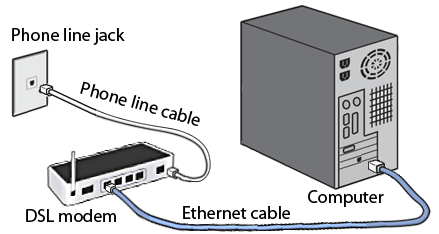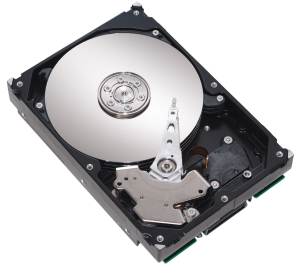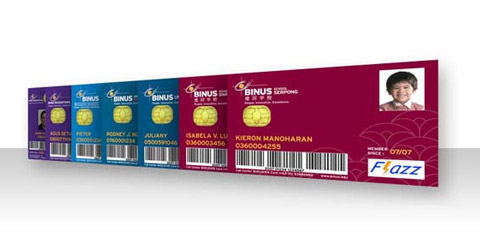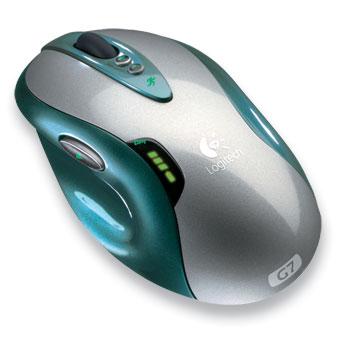Assignment from Mr. Tri Djoko Wahjono, Ir., M.Sc.
Name : Tommy Hendrawan
NIM / Class : 1701309513 / 01PCT
Assignment : Discovering Computer 2011 - Chapter 10 Database Management
1. What Is a Database, and How Does a Database Interact with
Data and Information?
A database is a collection of data organized in a manner
that allows access, retrieval, and use of that data. Database software, often
called a database management system (DBMS), allows users to create a
computerized database; add, modify, and delete the data; sort and retrieve the
data; and create forms and reports from the data. Data is a collection of
unprocessed items, which can include text, numbers, images, audio, and video. Computers
process data into information. Information is processed data; that is, it is
organized, meaningful, and useful. In addition to documents, information can be
in the form of audio, images, and video.
2. What Is Data Integrity, and What Are the Qualities of Valuable
Information?
Because data is used to generate information, many organizations
realize that data is one of their more valuable assets. Data integrity identifies
the quality of data. Data integrity is important because computers and people
use information to make decisions and take actions. For a computer to produce
correct information, the data that is entered in a database must have
integrity. For information to be valuable, it should be accurate, verifiable,
timely, organized, accessible, useful, and cost-effective. Accurate information
is error free. Verifiable information can be proven as correct or incorrect.
Timely information has an age suited to its use. Organized information is arranged
to suit the needs and requirements of the decision maker. Accessible
information is available when the decision maker needs it. Useful information
has meaning to the person who receives it. Cost-effective information should
give more value than it costs to produce.
3. What Is Meant by Character, Field, Record, and File?
Data is classified in a hierarchy, with each level of data consisting
of one or more items from the lower level. A bit is the smallest unit of data a
computer can process. Eight bits grouped together in a unit form a byte, and each
byte represents a single character, which can be a number, letter, space,
punctuation mark, or other symbol. A field is a combination of one or more
related characters or bytes and is the smallest unit of data a user accesses. A
record is a group of related fields. A data file is a collection of related
records stored on a storage medium such as a hard disk or optical disc.
4. What Are File Maintenance Techniques and Validation Techniques?
File maintenance refers to the procedures that keep data
current. File maintenance procedures include adding records when new data is
obtained, modifying records to correct inaccurate data or to update old data
with new data, and deleting records when they no longer are needed. Validation is
the process of comparing data with a set of rules or values to find out if the
data is correct. Many programs perform a validity check that analyzes data,
either as you enter it or after you enter it, to help ensure that it is correct.
Types of validity checks include an alphabetic check, a numeric check, a range
check, a consistency check, a completeness check, and a check digit.
5. How Is a File Processing Approach Different from the Database
Approach?
In a file processing system, each department or area within
an organization has its own set of data fi les. The records in one fi le may
not relate to the records in any other fi le. Two major weaknesses of fi le
processing systems are redundant data (duplicated data) and isolated data. With
a database approach, many programs and users share the data in a database. The
database approach reduces data redundancy, improves data integrity, shares
data, permits easier access, and reduces development time. A database, however,
can be more complex than a fi le processing system, requiring special training
and more computer memory, storage, and processing power than fi le processing
systems. Data in a database also can be more vulnerable than data in fi le
processing systems.
6. What Functions Are Common to Most Database Management
Systems?
Database management systems (DBMSs) are available for many
sizes and types of computers. Whether designed for a small or large computer,
most DBMSs perform common functions. A data dictionary, sometimes called a
repository, contains data about each fi le in the database and each field in
those fi les. A DBMS offers several methods to retrieve and maintain data in
the database, such as query languages, query by example, forms, and report generators.
A query language consists of simple, English-like statements that allow users
to specify the data to display, print, or store. Query by example (QBE) has a
graphical user interface that assists users with retrieving data. A form,
sometimes called a data entry form, is a window on the screen that provides areas
for entering or modifying data in a database. A report generator, also called a
report writer, allows users to design a report on the screen, retrieve data
into the report design, and then display or print the report. To supply
security, most DBMSs can identify different levels of access privileges that define
the actions a specific user or group of users can perform for each field in a
database. If a database is damaged or destroyed, a DBMS provides techniques to
return the database to a usable form. A backup is a copy of the database. A log
is a listing of activities that modify the contents of the database. A recovery
utility uses the logs and/or backups to restore the database using rollforward
or rollback techniques. In a rollforward, also called forward recovery, the
DBMS uses the log to reenter changes made to the database since the last save
or backup. In a rollback, also called backward recovery, the DBMS uses the log
to undo any changes made to the database during a certain period. Continuous
backup is a backup plan in which all data is backed up whenever a change is
made.
7. What Are Characteristics of Relational, Object-Oriented, and
Multidimensional Databases?
A data model consists of rules and standards that define how
the database organizes data. Three popular data models are relational, object-oriented,
and multidimensional. A relational database stores data in tables that consist of
rows and columns. A relational database developer refers to a fi le as a relation,
a record as a tuple, and a field as an attribute. A relational database user
refers to a fi le as a table, a record as a row, and a field as a column. A
relationship is a link within the data in a relational database. Structured
Query Language (SQL) allows users to manage, update, and retrieve data in a
relational database. An object-oriented database (OODB) stores data in objects.
An object is an item that contains data, as well as the actions that read or
process the data. Applications appropriate for an object-oriented database
include a multimedia database, a groupware database, a computer-aided design (CAD)
database, a hypertext database, and a hypermedia database. Object-oriented
databases often use an object query language (OQL) to manipulate and retrieve
data. A multidimensional database stores data in dimensions. These multiple
dimensions, sometimes known as a hypercube, allow users to access and analyze
any view of the database data. No standard query language exists for
multidimensional databases. One application that uses multi-dimensional
databases is a data warehouse, which is a huge database that stores and manages
the data required to analyze historical and current transactions. A smaller
version of a data warehouse is the data mart, which contains a database that
helps a specific group or department make decisions.
8. How Are Web Databases Accessed?
To access data in a Web database, you fill in a form or
enter search text on a Web page, which is the front end to the database. A Web database
usually resides on a database server, which is a computer that stores and
provides access to a database. One type of program that manages the sending and
receiving of data between the front end and the database server is a CGI (Common
Gateway Interface) script.
9. What Are the Responsibilities of Database Analysts and
Administrators?
A database analyst (DA), or data modeler, focuses on the
meaning and usage of data. The DA decides on the placement of fields, defines
data relationships, and identifies users’ access privileges. A database
administrator (DBA) requires a more technical inside view of the data. The DBA creates
and maintains the data dictionary, manages database security, monitors database
performance, and checks backup and recovery procedures. In small companies, one
person often is both the DA and DBA. In larger companies, the responsibilities
of the DA and DBA are split among two or more people.

























